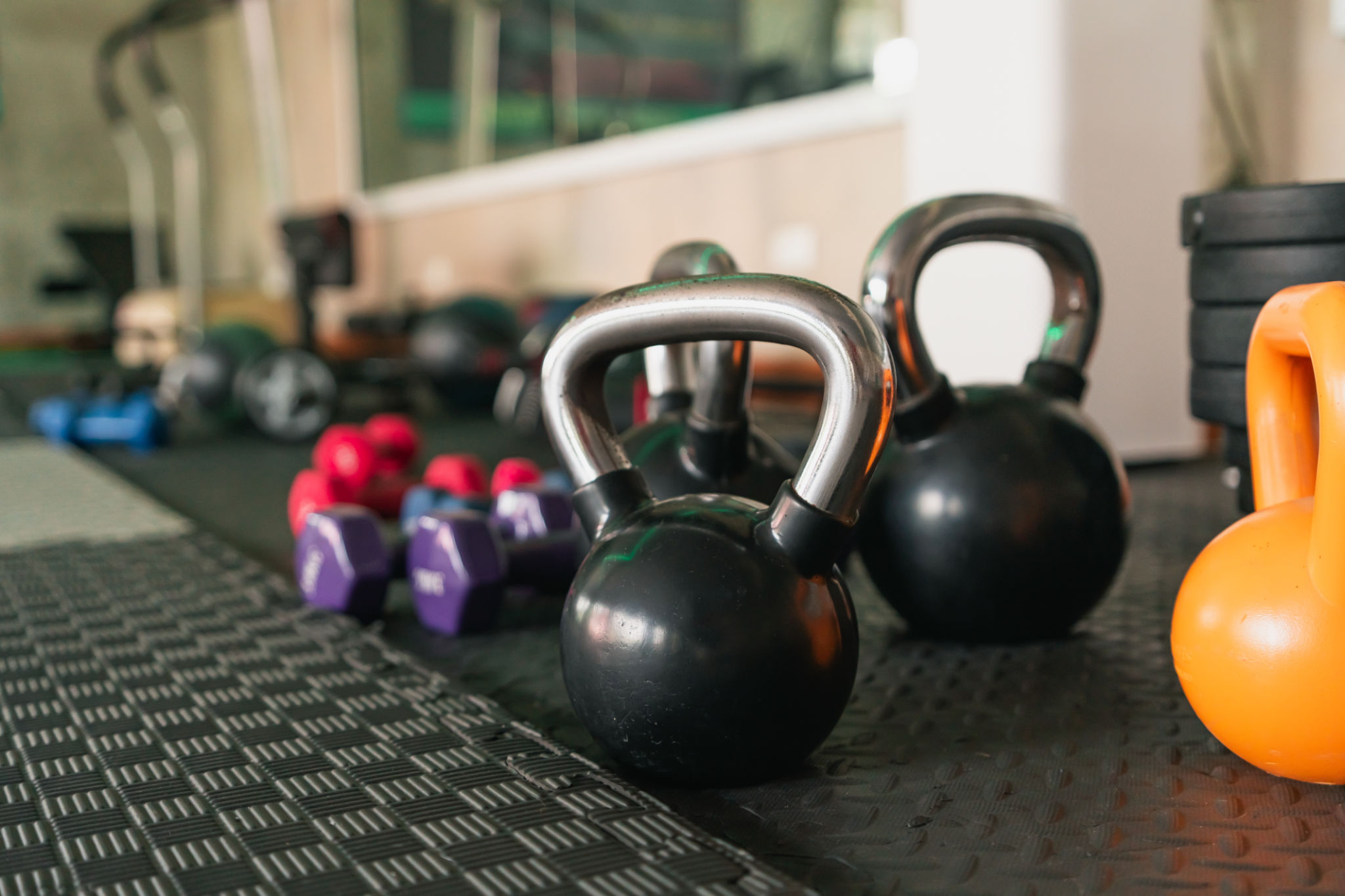How to Incorporate Strength and Conditioning into a Basketball Training Routine
Understanding the Basics of Strength and Conditioning
Incorporating strength and conditioning into a basketball training routine can significantly enhance performance on the court. Strength training focuses on building muscle power, while conditioning improves endurance and agility. Together, these elements help athletes perform at their best, reduce the risk of injuries, and improve overall fitness levels.
Before beginning any new training regimen, it is crucial to understand the specific needs and goals of the athlete. Basketball players require a combination of explosive power, speed, and endurance. Tailoring a strength and conditioning program to meet these demands is essential for optimal results.

Designing a Basketball-Specific Strength Program
Basketball players need to develop strength in their legs, core, and upper body. Key exercises should include squats, lunges, deadlifts, and bench presses. These exercises help improve explosive power and overall body strength. Including plyometric exercises such as box jumps can also enhance vertical leap and agility.
It's important to incorporate these exercises into a balanced workout routine, typically performed two to three times per week. Ensure athletes have proper form and technique to maximize benefits and minimize injury risk. Working with a coach or trainer can provide valuable guidance during this process.
Incorporating Conditioning Drills
Conditioning is vital for basketball players, as it improves cardiovascular health and stamina. Incorporating high-intensity interval training (HIIT) and sprints can simulate the fast-paced nature of basketball games. Drills such as shuttle runs, ladder drills, and cone drills are excellent for enhancing agility and quickness.

Consistency is key when it comes to conditioning. Aim to include these drills in workouts at least two to three times a week. This approach ensures players maintain their endurance throughout the season.
Monitoring Progress and Adjusting the Routine
Regularly monitoring progress is crucial for any athlete's development. Keep track of improvements in strength, speed, and endurance. This data can help in making informed decisions about adjusting training routines to continue challenging the athlete.
Be open to modifying the program based on individual progress and any specific areas that may need more focus. A flexible approach ensures that athletes remain motivated and continue to make strides in their performance.

The Role of Recovery in Training
Recovery is an often overlooked aspect of training but is essential for preventing injuries and promoting muscle growth. Ensure that athletes get adequate rest between sessions, focusing on proper sleep, nutrition, and hydration.
Incorporating activities such as stretching, yoga, or light swimming can aid in recovery while keeping the body active. These practices help maintain flexibility, reduce muscle soreness, and prepare athletes for their next training session.
Integrating Strength and Conditioning with Skill Development
A successful basketball training routine balances strength and conditioning with skill development. While physical fitness is critical, practicing ball-handling skills, shooting techniques, and strategic gameplay is equally important.
Integrate skill drills with strength and conditioning activities to create a comprehensive training session. This holistic approach ensures players are well-rounded and prepared for all aspects of the game.